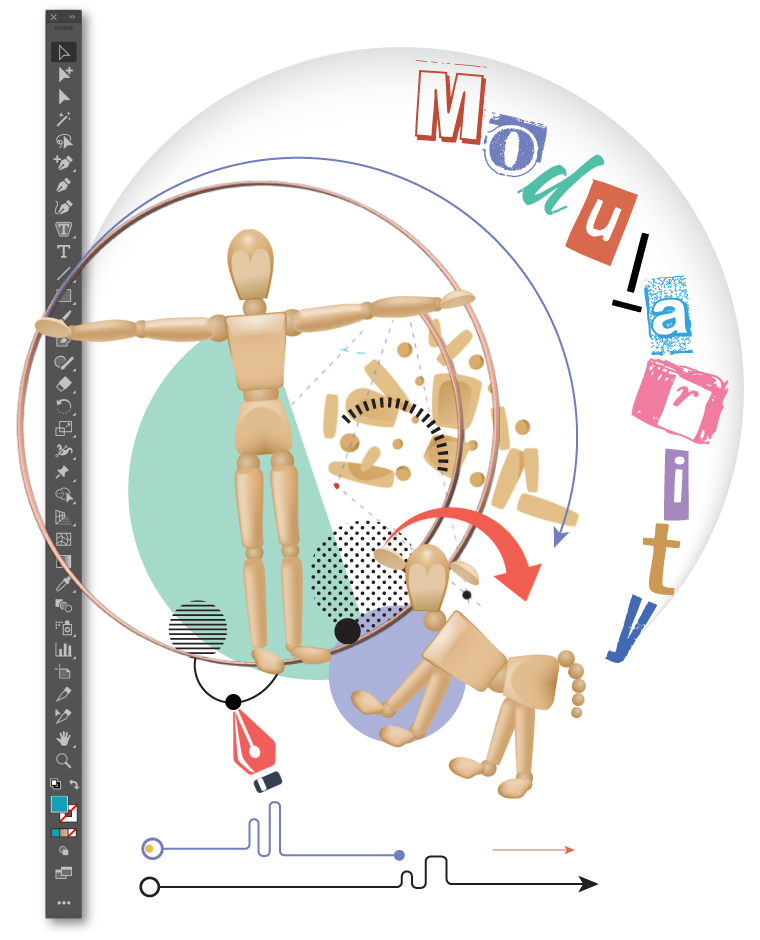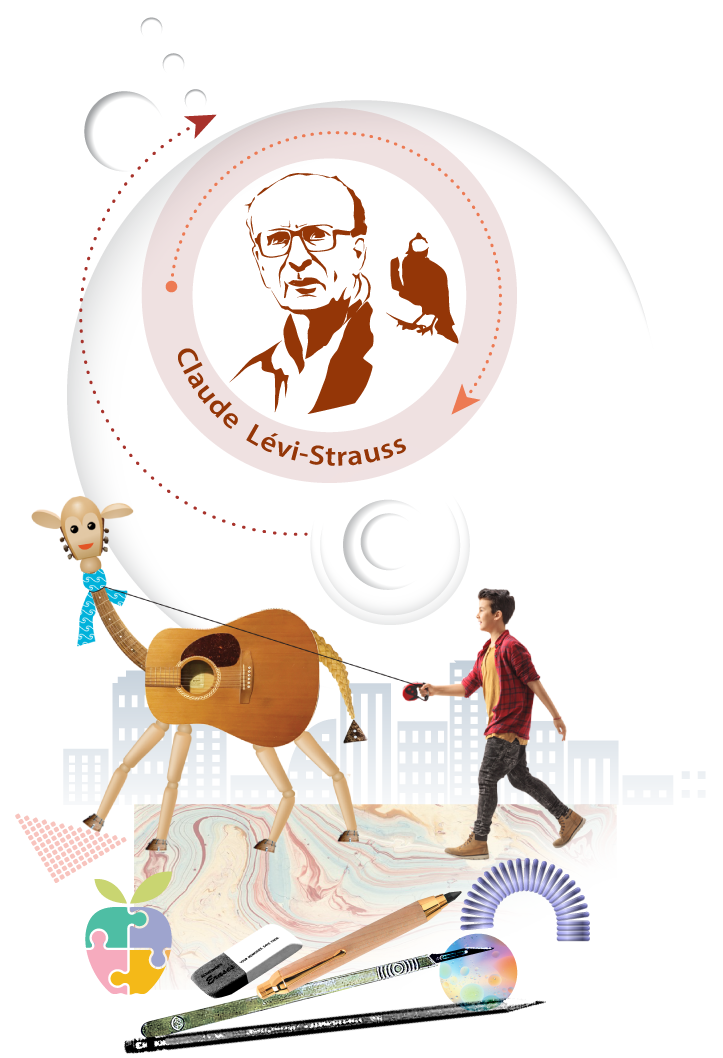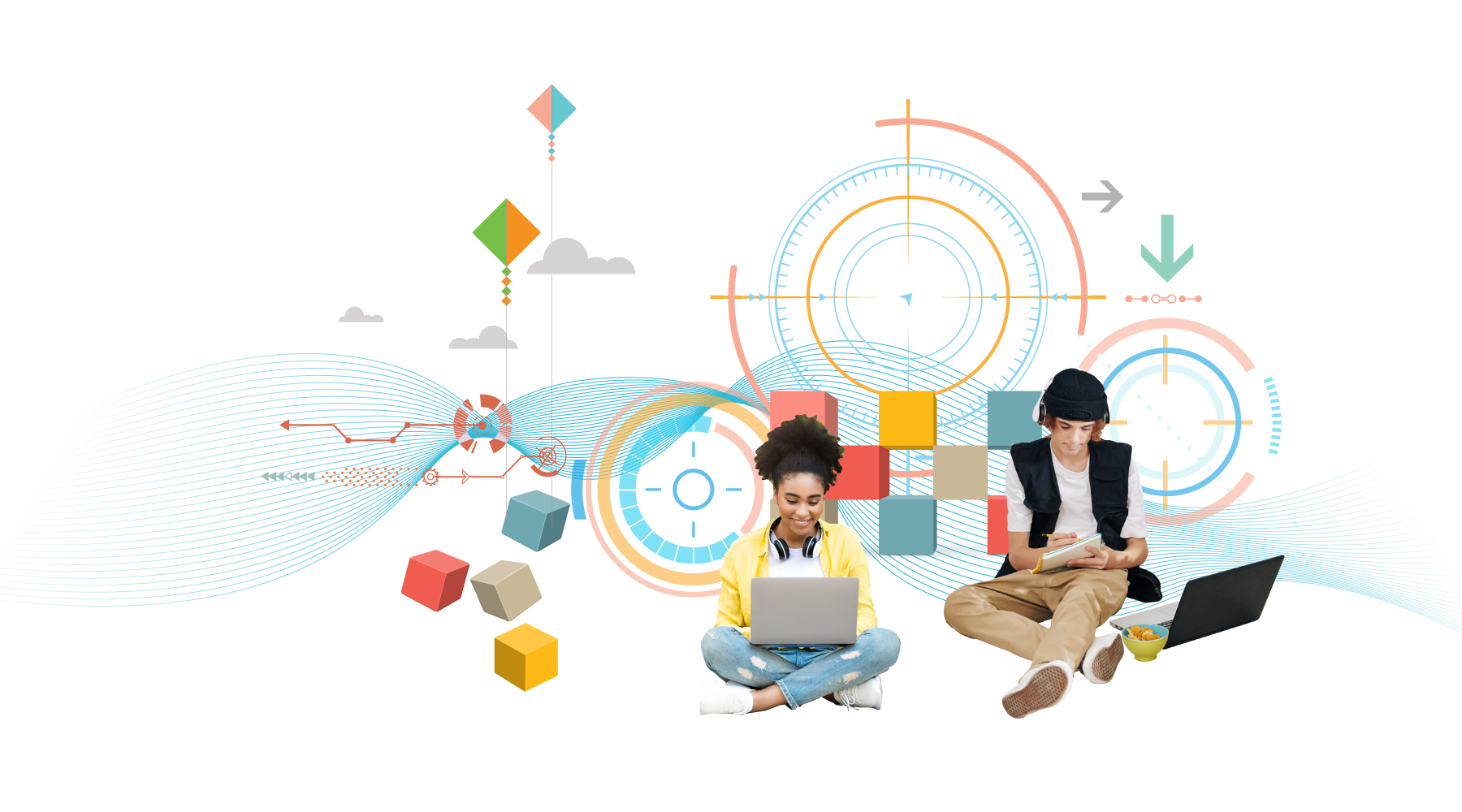Bricolage as an Approach to Learning
The French anthropologist Claude Lévi-Strauss reminded us of an existing way of knowing that differs from the scientific approach. In French, it is called bricolage.[1] And in modern life, it refers to do-it-yourself (DIY) practices not professionally planned and executed.
The term bricolage is examined by Levi-Strauss from the perspective of what we consider in R@W to be life-smart. Life-smart is not typically used in conventional terms, so I would like to explain what it means in the context of R@W.
It is possible for someone to have a high IQ score, but waste their potential through doubt, neglect, arrogance, or criticism. Some people possess vast memory banks but do not know how to utilize them. Others, may be naturally gifted with unique abilities, and even diligent students, but lack an understanding of their real potential and have low expectations for their lives.
Since traditional education doesn’t address these issues, R@W aims to remedy these shortcomings. It offers a learning environment where students can develop the skills they need to make connections between their existing knowledge, their individual strengths, and the areas in their surroundings where their potential can be successfully used. R@W is also a learning system that allows students to cultivate their individual repertoires of strategies by employing critical thinking, communication, collaboration and creativity.
This is achieved through the methodology of what Lévy-Strauss’s called ‘bricolage’. It is a process of encouraging students to work in an improvised manner on something that they have an affinity for without fear of failure.


The contemporary bricoleur is a remixer, writes Vito Campanelli, a theorist of communication and new technologies. The bricoleur, according to him, ‘is functional to a system such as the present one.’[2] In order to improve something or make something new, the bricoleur improvises, using the tools and materials at hand.
Although historically this has always been the case, in the digital age, when the tools allow for sampling and overlapping of resources, it has become all the more relevant. This is because of one of the characteristics of digital media, defined by Lev Manovich, professor of computer science, as the modularity or ‘fractal structure of new media.’[3]
This means that any digital objects, ‘be they images, sounds, shapes, or behaviours, are assemblages of discrete elements’. They can be disassembled and re-assembled in various new ways to suit the purpose of a task at hand. They can be further intermixed: graphic elements with sounds, movements, and other behaviours (disappear, bluer, shine, etc). Before the digital era, humans never had such an opportunity to remix visual, audio, and other forms of information. They can do this without the aid of professionals. And this is stimulating the rise of DIY innovation and creativity.
Traditional education is guided by the principle: First, you learn about it and then you do it by following instructions.
The R@W bricolage approach can be explained like this: You do it and by doing, you learn. This approach, borrowing Lévi-Strauss’ idea, ‘lies halfway between precepts and concepts’[4] producing an improvement or even an unforeseen discovery. In R@W, this means allowing learners to design their own ways of learning based on their knowledge as well as their sensitivities.
In such an approach, the bricoleur sees a set of ingenious relations between the objects, tools and materials available to him or her and the problem he or she needs to solve. The objects of their activity become ‘operators’[5]—to use Lévi-Strauss’s term—in the construction of students’ knowledge. It is through being either encouraged by their objective properties and affordances or overcoming their resistance that the student expands and upgrades his or her knowledge as well as learns how to use it in real-life situations.
That is being ‘life-smart’ or, in another term we use in R@W, ‘life-savvy’.
In R@W, we use the strategy of the learning ripple. While working on finding a solution to a problem, the academic knowledge is set in a dialogue with the learner’s sensitivity and intuition. The intuition in bricolage—and therefore in R@W—is not curtailed by the logic of
science but is questioned: What is the reason for it working so effectively in spite of having no scientific proof? Or what is the scientific reason why it doesn’t work? Or maybe there is scientific proof of it, but I simply didn’t know about it?
The process of improvising also leads to a question: How many times can we allow students to fail? If we look at answering this question in the context of standardized education, the answer is—not one. Students’ failure can lead to the end of their teacher’s career.
If, however, we look at it from an authentic learning perspective, then it would be useful to remember Thomas A. Edison’s words: ‘Never say I failed 99 times, say I discovered 99 ways which caused failure.’ What this means to us, in R@W, is that these 99 ways are chances to learn, modify points of view, and better adapt to challenges. It also means that the learner becomes more aware of his or her unique abilities.
There is another quotation worth remembering. Albert Einstein once said: ‘I have tried 99 times and have failed, but on the 100th time came success.’ R@W provides an excellent environment in which to learn about yourself and how your choices influence the direction your life may take without being afraid of failing. Students learn to distinguish between trying a few times and discovering that their ideas don’t lead anywhere, and failing 99 times while acknowledging every time the solid growth in awareness of themselves and the world around them.

REFERENCESS
1. Lévi Strauss, Claude (1962). The Savage Mind. G. Weidenfield (Trans, p. 16). University of Chicago Press.
2. Campanelli, Vito (2015). Toward a Remix Culture: An Existential Perspective. In E. Navas,, O. Gallagher, B. Xtine (Eds). The Routledge Companion to Remix Studies [Kindle version pp 71-77]. Routledge: Taylor & Frances Group.
3. Manovich, Lev (2002). The Language of New Media [Kindle version, p. 30]. The MIT Press.
4. Lévi Strauss, Claude (1962). The Savage Mind. G. Weidenfield (Trans, p. 18). University of Chicago Press.
5. As above.
6. Evgerou, Chrisanthi, Lanzara, Giovan F, Willcocks, Leslie P (2009). Bricolage, Care and Information Systems: Claudio Ciborra’s Legacy in Information Systems Research [Kindle version]. Palgrave Macmillan.
7. As above.
